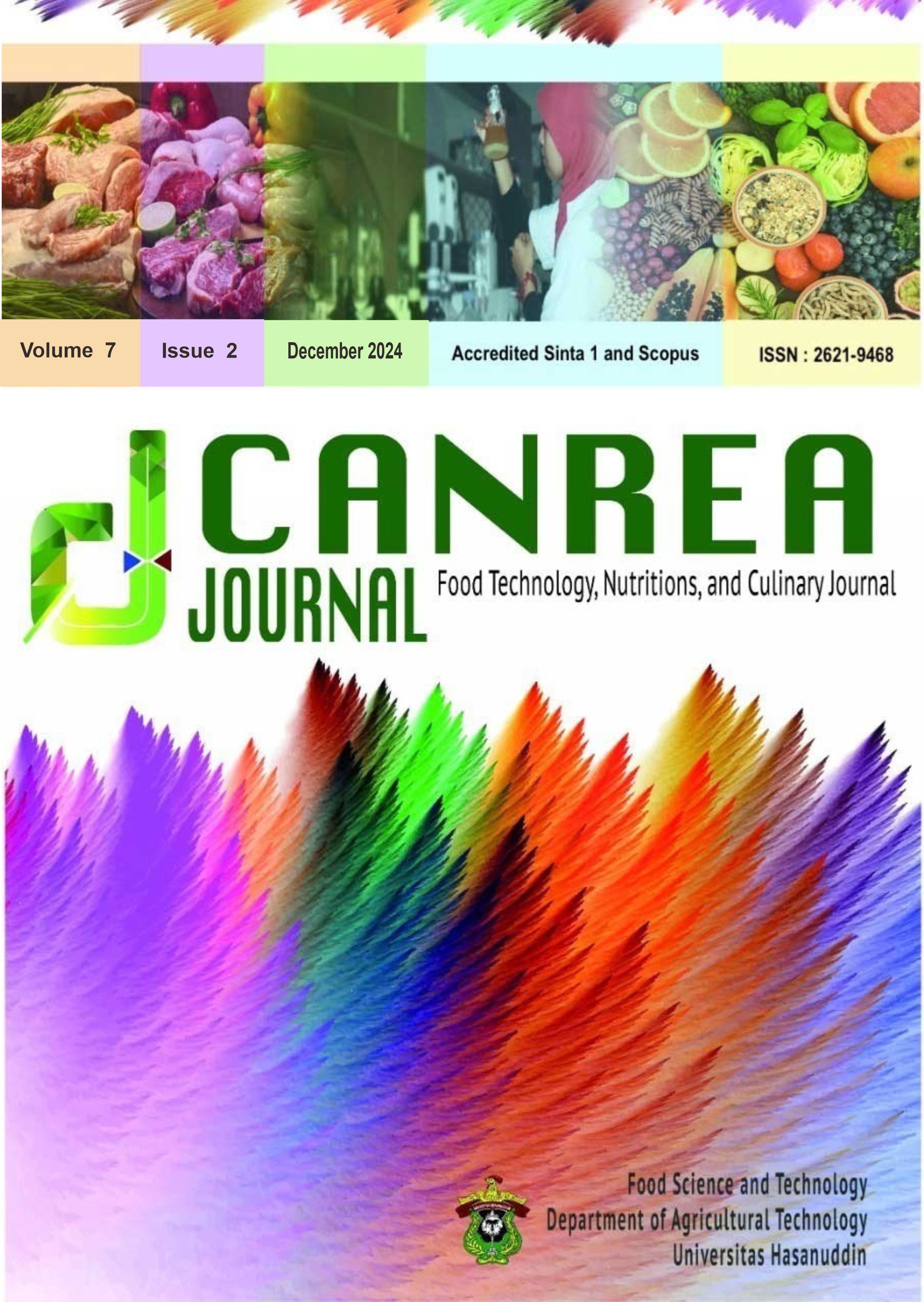Abstract
People with degenerative diseases require dietary and nutrient restrictions, necessitating the development of functional food products. This study aimed to develop gluten-free, high-fiber cookies using FiberCreme™, a commercial creamer containing oligosaccharides, as a substitute for coconut milk. Seventy-four non-trained panelists at the Sensory Laboratory of Universitas Gadjah Mada assessed the cookies using a 9-point Likert scale for attributes such as color, flavor, texture, and overall acceptance. The evaluation followed a randomized design. Sensory evaluation gave results that the level of chalky mouth coating and color uniformity of FiberCreme cookies and commercial cookies were not significantly different. Color, cheesy flavor, savory flavor, sweetness, hardness, and speed of melting in the mouth were not significantly different between FiberCreme and coconut milk cookies. Coconut milk products dominate in the attributes of density and color consistency, commercial items dominate in the attributes of melting speed and cheesy flavor, and FiberCreme cookies do not appear to dominate in any way but give close characteristics both with commercial and coconut milk cookies. Overall acceptance from the most liked were Commercial, FiberCreme and Coconut cookies respectively. These findings provide insights for the food industry in developing high-fiber functional cookies using FiberCreme™, potentially benefiting those with dietary restrictions.

This work is licensed under a Creative Commons Attribution 4.0 International License.
Copyright (c) 2024 Canrea Journal: Food Technology, Nutritions, and Culinary Journal


